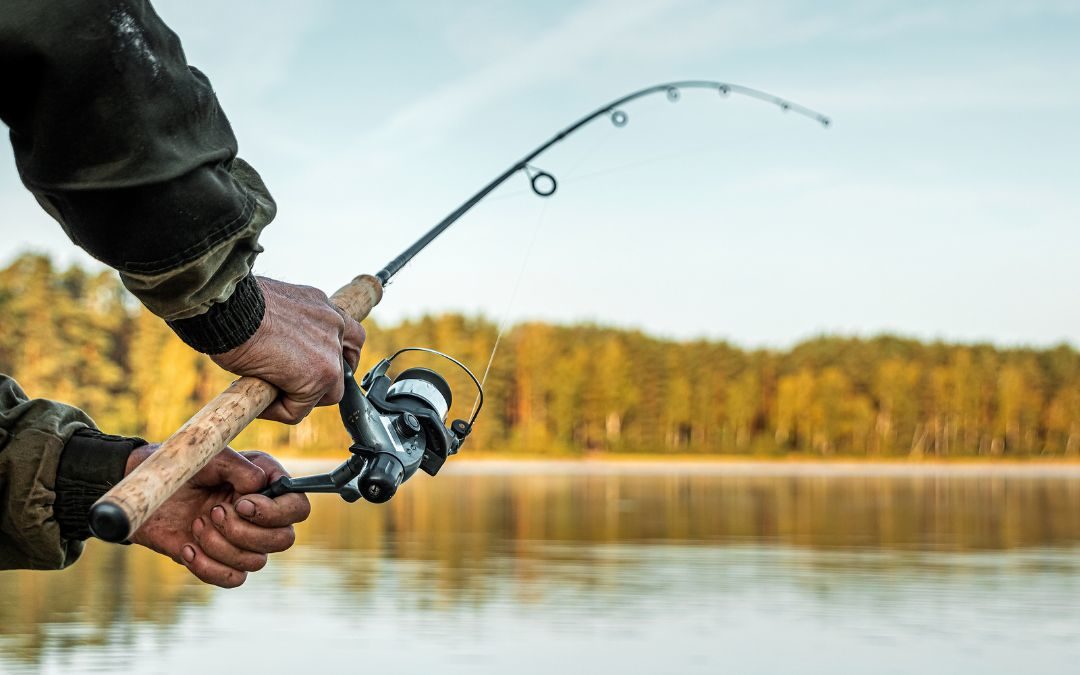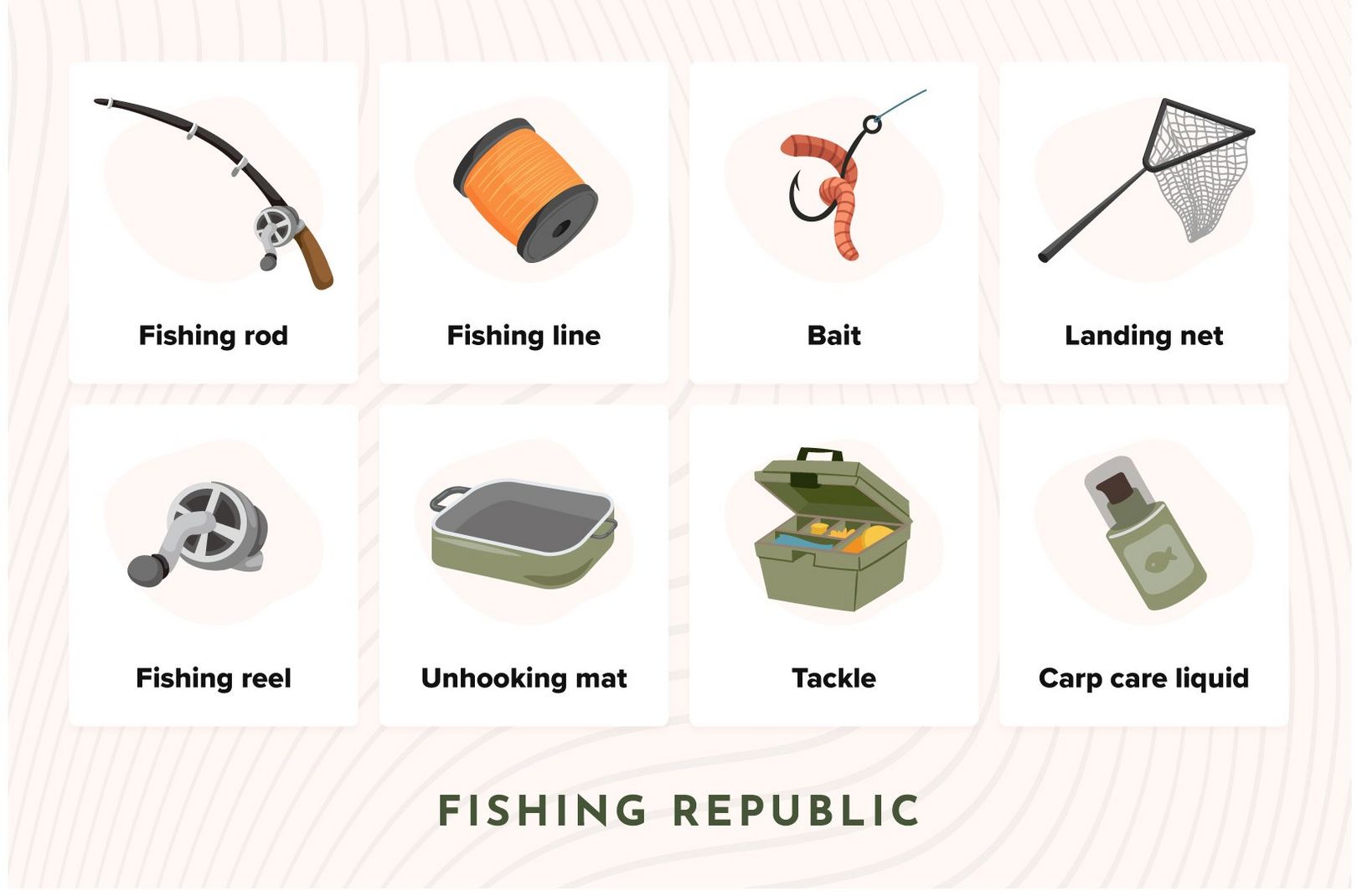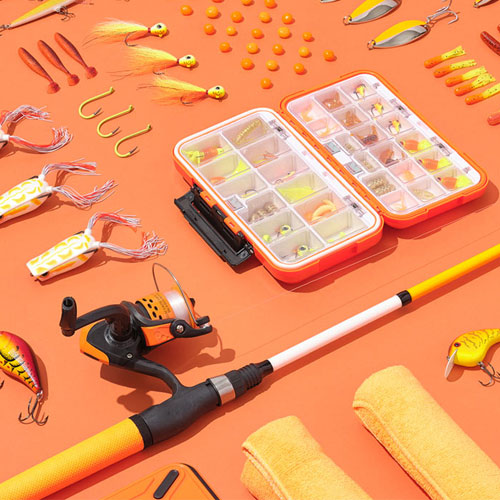The Complete Overview to Fishing Fishing: Lures, Tackle, and Fly Fishing Fundamentals for All Ability Levels
The Total Overview to Fishing Fishing offers a comprehensive check out vital gear for fishermens at any type of level. It covers numerous baits, take on parts, and fly angling fundamentals. Understanding these components is important for an effective fishing experience. The guide likewise emphasizes the relevance of seasonal strategies and appropriate gear upkeep. As fishermens navigate their choices, they may question which certain items will really improve their angling experiences.
Understanding Various Kinds of Fishing Baits
A selection of angling lures exist, each developed to draw in details sorts of fish. All-natural baits, such as pests, worms, and minnows, resemble the fish's all-natural diet plan, making them effective for many species. For instance, nightcrawlers are popular for fresh water angling, while minnows reel in larger fish like bass and pike.
Artificial lures, consisting of attractions and jigs, are crafted to mimic the activity and look of prey. These can range from vibrantly colored plastic worms to reasonable crankbaits designed to resemble swimming fish.
One more category is scent-based lures, which make use of odors to attract fish from a range. These baits are particularly beneficial in murky waters.
Eventually, the option of lure depends upon the target species, water problems, and fishing technique, making it essential for fishermens to understand their choices and choose the most effective lure for their certain fishing circumstance.
Vital Fishing Tackle: Poles, Reels, and Lines
While choosing the ideal fishing take on, comprehending the interplay between poles, reels, and lines is important for effective angling. Fishing rods can be found in different sizes and actions, each made for particular angling techniques and types. A much shorter pole provides far better control for close-in fishing, while longer poles enable higher spreading distance.
Reels, readily available in rotating, baitcasting, and fly choices, must match the rod and line kind to guarantee smooth operation. The selection of reel considerably impacts the fishermen's ability to get catches efficiently.
Lines, classified by product and toughness, act as the link between the pole and the fish. Monofilament, fluorocarbon, and braided lines each offer special advantages, affecting exposure and level of sensitivity. Choosing the ideal combination of rod, reel, and line is important, as it directly affects casting performance, level of sensitivity to attacks, and total angling success. Each element must work harmoniously to boost the angling experience.
Choosing the Right Fishing Lures for Your Target Types
Choosing the ideal angling lures requires a keen understanding of the choices of target varieties - Xplorer Fly Fishing. Variables such as water problems and neighborhood forage play a significant role in identifying which entices will be most efficient. By straightening appeal option with these variables, anglers can enhance their chances of success on the water
Understanding Species Preferences
Picking the right angling tempts calls for an understanding of the details choices of target types, as different fish are attracted to varying sizes, activities, and shades. Bass are usually attracted to brilliant, flashy appeals that simulate their natural target, while trout may prefer a lot more subtle, natural shades. Additionally, the dimension of the attraction should match the dimension of the fish being targeted; larger varieties generally respond far better to bigger appeals. Motion additionally plays a crucial role; some fish are brought in to lures that simulate unpredictable actions, while others choose a steady, smooth get. By recognizing these choices, anglers can successfully increase their chances of an effective catch, tailoring their tackle to the one-of-a-kind qualities of each varieties.
Matching Lures to Conditions
The efficiency of angling lures usually hinges on the dominating ecological conditions. Anglers have to consider aspects such as water temperature level, quality, and present when choosing the ideal attraction. For example, in dirty waters, intense or noisy appeals tend to draw in attention, while in clear problems, even more natural colors and refined activities are efficient. Seasonal changes additionally play a vital duty; throughout spawning durations, fish might respond better to appeals mimicking their prey. Additionally, time of day influences fish activity; dawn and dusk are prime times for using topwater lures. Ultimately, understanding these conditions permits anglers to match their attractions to the target types, enhancing their chances of a successful catch. Knowledge of ecological characteristics is crucial to efficient attraction choice.
The Fundamentals of Fly Fishing Gear
A strong understanding of fly angling equipment is necessary for both novices and seasoned fishermens alike. The basic parts of fly fishing gear consist of the fishing pole, reel, line, and flies. The fly pole, usually longer and much more flexible than typical angling poles, enables for precise spreading. Selecting the best rod relies on the fishing setting and target varieties.
The reel, created to hold the fly line, plays a significant duty in handling line retrieval and drag. Fly lines are specialized for numerous methods, from floating to sinking, and have to be matched to the pole's specifications.
Flies imitate marine insects and lure fish, and come in various designs such as completely dry flies, nymphs, and banners. Choosing the ideal fly is crucial, as it must represent the local fish types and conditions. Mastery of these standard components creates the foundation for effective fly fishing experiences.
Tips for Organizing Your Fishing Tackle Box
Organizing a fishing take on box can considerably enhance an angler's performance on the water. By sorting deal with by type, using containers effectively, and identifying every little thing clearly, fishermen can promptly access their gear. These methods not just save time yet also guarantee that crucial items are always available when required.

Sort by Kind
Arranging take on by kind assurances that anglers can rapidly find the gear they need when the perfect angling opportunity occurs. Organizing items such as hooks, appeals, and weights into assigned sections boosts effectiveness and decreases aggravation throughout trips. As an example, categorizing baits by type-- real-time, fabricated, or iced up-- enables swift decisions based upon angling conditions. Tackle boxes can be split into areas for very easy accessibility to certain gear, such as fly angling fundamentals or saltwater equipment. This approach not only conserves time however also assists in keeping the problem of the tackle, making certain whatever remains in ideal form. By implementing this arranged method, fishermens can concentrate much more on the angling experience instead of looking for misplaced things.

Usage Containers Wisely
Making use of containers efficiently can considerably boost the company of a fishing tackle box. Anglers ought to consider making use of a selection of containers, such as tiny tackle trays, zip-lock bags, and compartmentalized boxes, to separate different sorts of equipment. This technique not just saves time when looking for details items however likewise avoids tangling and damage. Hooks, weights, and lures can each have actually assigned containers, assisting in simple access throughout angling trips. Additionally, clear containers permit fast exposure of contents, streamlining the option procedure. It is likewise beneficial to ponder the dimension and shape of containers to make the most of space within the take on box. By carrying out these organizational approaches, fishermens can keep a much more effective and enjoyable angling experience.
Label Everything Plainly
Clear labeling is important for keeping an orderly angling deal with box. By plainly marking containers and compartments, fishermens can quickly locate certain Clicking Here items, conserving time and decreasing irritation during angling trips. Utilizing waterproof tags guarantees longevity in different weather. It is a good idea to categorize items such as hooks, attractions, and line kinds, providing fast access when required. In addition, color-coded labels can improve presence and organization. Frequently upgrading labels as materials transform helps preserve a reliable system. When angling with others, clear labeling is important site particularly helpful, allowing for simple sharing and understanding of deal with arrangements. Ultimately, a well-organized take on box with clear labels cultivates a more effective and satisfying angling experience.
Seasonal Fishing Strategies and Gear Adjustments
As the seasons modification, fishermens must adapt their techniques and gear to enhance their opportunities of success. In spring, for instance, fish end up being extra energetic as water temperature levels rise, prompting anglers to use lighter tackle and dynamic baits to lure attacks. Throughout summer season, the warmth presses fish to much deeper waters, demanding larger equipment and strategies such as deep-water or trolling jigging.
In fall, as fish plan for winter season, fishermens need to concentrate on locations with plentiful food resources, utilizing larger baits to attract them. Winter fishing often requires specific equipment, including ice fishing equipment and cozy garments, as fish end up being inactive in cold water.
In addition, changes in line selection, attraction color, and lure type are essential throughout the year (Xplorer Fly Fishing). By remaining in harmony with seasonal patterns and making these gear adjustments, fishermens can boost their efficiency and take pleasure in a worthwhile angling experience no matter of the time of year
Upkeep and Take Care Of Your Fishing Equipment
Proper upkeep and look after angling equipment are essential for ensuring longevity and top performance. Fishermens ought to frequently inspect their poles, reels, and lines for indications of wear, such as fraying or corrosion. Cleaning up equipment after each fishing journey is vital; freshwater should be used to wash off salt and debris, protecting against rust and buildup.
Reels call for lubrication to maintain smooth procedure; applying the proper oil to moving components can enhance their life-span. Rod overviews ought to be looked for fractures or chips, as Full Report they can impact spreading and line integrity.
Saving gear in a dry, temperature-controlled setting assists prevent damages from moisture or extreme temperature levels. Additionally, replacing old or broken deal with, such as lures and hooks, warranties optimal efficiency during angling getaways. By adhering to these maintenance techniques, fishermens can significantly prolong the life of their equipment and enjoy a much more effective fishing experience.
Often Asked Inquiries

What Are the most effective Local Fishing Spots for Beginners?
The best neighborhood angling places for newbies typically consist of calm lakes, easily accessible rivers, and marked angling fish ponds. Regional parks and leisure areas often provide safe settings with bountiful fish populations, making them suitable for amateur anglers.
How Can I Identify Fish Variety in My Area?
To identify fish varieties in a location, one can observe physical qualities, speak with neighborhood guidebook, use smartphone applications, or engage with local angling neighborhoods for insights and recognition suggestions specific to the area.
What Licenses Do I Need for Fishing?
To fish legitimately, one usually requires an angling license, which differs by area. Furthermore, some locations may need details permits for sure varieties or angling methods, highlighting the relevance of checking regional laws before fishing.
Exactly How Do Climate Conditions Impact Fishing Success?
Weather condition problems greatly influence angling success. Variables such as temperature, wind, and precipitation influence fish actions, feeding patterns, and habitat. Anglers frequently adapt their methods based upon these problems to boost their opportunities of an effective catch.
What Are Common Fishing Decorum Guidelines to Comply With?
Typical fishing etiquette guidelines include appreciating others' area, preventing noise, cleaning up after oneself, complying with regional policies, and practicing catch and release when appropriate. These guidelines foster an unified setting for all fishermens.
Fishing poles come in different lengths and actions, each designed for specific angling strategies and types. A solid understanding of fly fishing gear is essential for both newbies and skilled fishermens alike. Organizing a fishing tackle box can greatly enhance a fishermen's effectiveness on the water. Sorting deal with by type guarantees that fishermens can promptly situate the gear they need when the excellent angling possibility develops. The finest regional fishing places for novices commonly include tranquil lakes, quickly available rivers, and designated angling ponds.